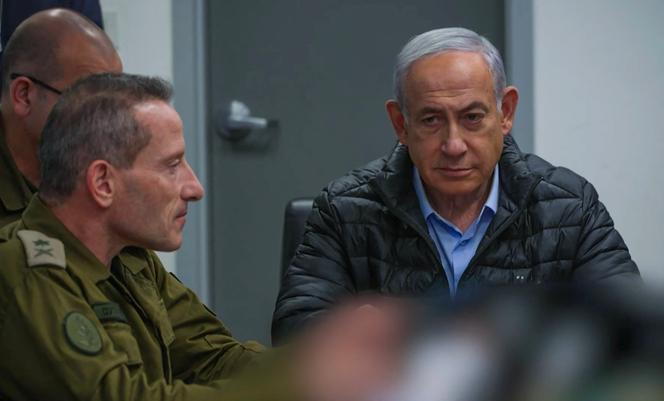


It took almost a month for this potentially decisive moment to occur, which threatens to be the starting point for open warfare between Israel and Iran. On Friday night, October 25, waves of strikes were carried out by the Israeli air force in several regions of Iran in retaliation for the country's attack on Israel on October 1. Israeli planes "struck missile manufacturing facilities used to produce the missiles that Iran fired at the State of Israel over the last year. These missiles posed a direct and immediate threat to the citizens of the State of Israel," said the army in a statement. The aircraft – whose exact number is unknown, but at least several dozen – also carried out strikes on "surface-to-air missile arrays and additional Iranian aerial capabilities, that were intended to restrict Israel's aerial freedom of operation in Iran."
Israel's response to the Iranian strikes on October 1 had been in the making for weeks. Iran had launched 181 ballistic missiles, fired jointly, with a high and assumed destructive potential, theoretically capable of piercing the Israeli air defense system. Although some of the missiles – around 10 in all – hit air bases, causing material damage, Israel's anti-aircraft defenses (mainly Arrow 3 systems, which destroy ballistic missiles at very high altitudes) did their job.
While the Israeli response was being prepared, the range of Iranian retaliation – which would depend on the nature of the Israeli attack – was also being calculated. Israel's response on Friday night was designed to strike hard enough to establish a new type of deterrence, while avoiding escalation with Iran.
In April, a wave of missiles (both ballistic and cruise) supported by drones targeted Israeli territory. A defense coalition, led by the United States, with the support of regional countries and France, among others, took part in the interceptions. Israel's retaliation two weeks later was seen as "a sign intended to calm things down without either side losing face," according to an Israeli security source. Things might well have ended there had the regional context not changed, with Israel's blows to Iran's allies, particularly Hezbollah, beginning at the end of July. The "axis of resistance" built by Tehran (known in Israel as the "ring of fire") was burning. While Hezbollah's arsenal – over 100,000 rockets and missiles – was supposed to be capable of overwhelming Israel's anti-aircraft defenses, Israel's large-scale strikes against Lebanon since early October have called Hezbollah's power into question.
You have 52.45% of this article left to read. The rest is for subscribers only.
